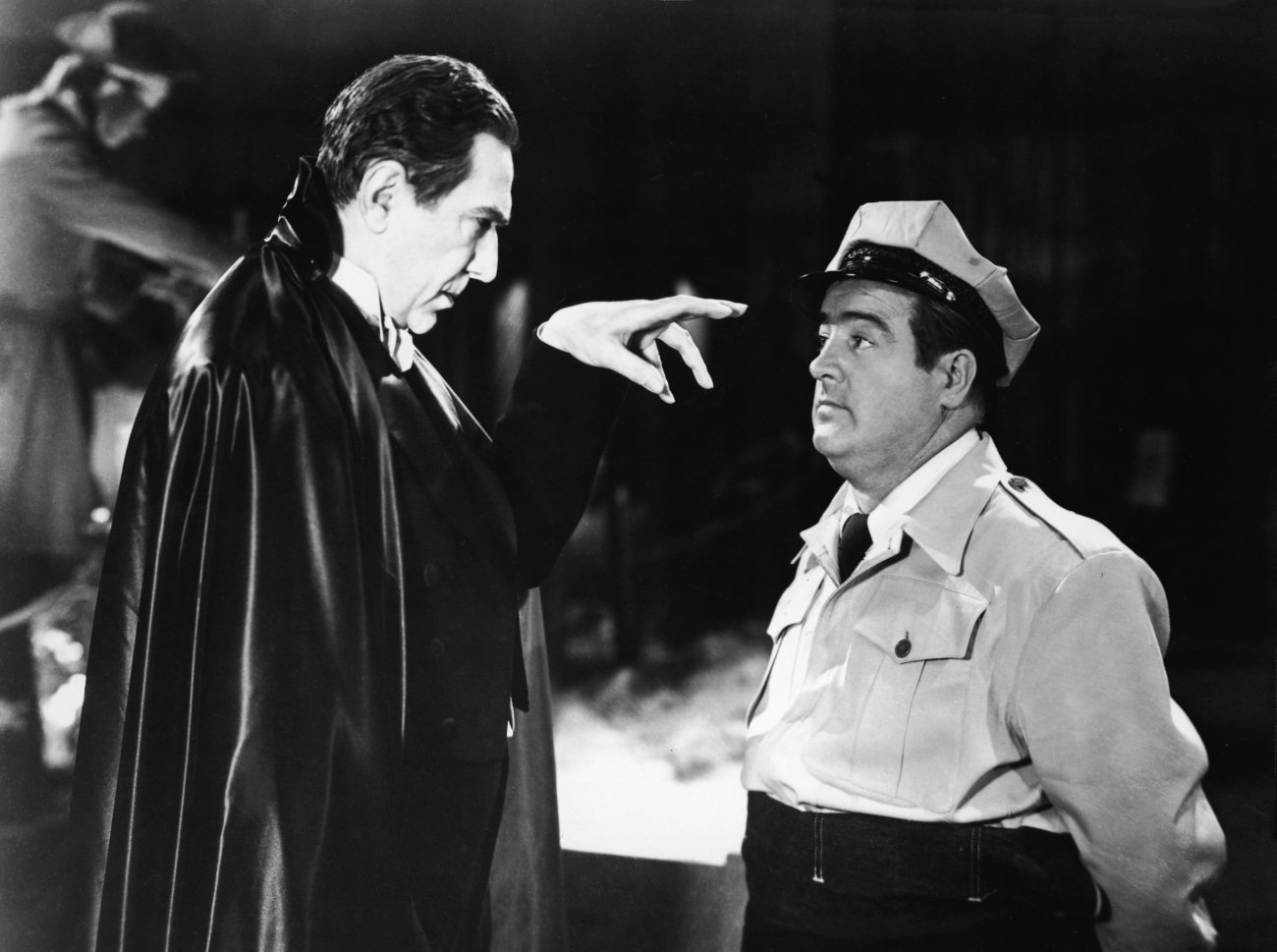"The Case of Charles Dexter Ward", first published in Weird Tales, May-July 1941.
This is the the thirty-second entry in my read-through of the commemorative edition of Necronomicon: The Best Weird Tales of H P Lovecraft.This story is told by one of those distant and all-knowing but unknown narrators that you find a lot in classic stories. It's the the kind of narrator that can say of “none of these colloquies were ocularly witnessed, because the windows were always heavily draped” with a seemingly straight face. It can pose rhetorical questions in rapid succession, like an interrogation:
“was it not of this that Mr. Ward was reminded when his son barked forth those pitiable tones to which he now claimed to be reduced? Who had ever seen Charles and Allen together? Yes, the officials had once, but who later on? Was it not when Allen left that Charles suddenly lost his growing fright and began to live wholly at the bungalow?"
 It's a often a gossipy, larky tone, such as when it observes that the local stalwart President Manning attended a violent raid on his neighbour “without the great periwig (the biggest in the county) for which he was noted.” It teases us at times, especially at the beginning with implications of horrors to come:
It's a often a gossipy, larky tone, such as when it observes that the local stalwart President Manning attended a violent raid on his neighbour “without the great periwig (the biggest in the county) for which he was noted.” It teases us at times, especially at the beginning with implications of horrors to come: “And now swiftly followed that hideous experience which has left its indelible mark of fear on the soul of Marinus Bicknell Willett, and has added a decade to the visible age of one whose youth was even then far behind.”
It's almost a character in itself, it reminds me most of all of the narrator in The Rocky Horror Picture Show. Can't you just imagine Charles Gray making a meal of this?
“The true madness, he is certain, came with a later change; after the Curwen portrait and the ancient papers had been unearthed; after a trip to strange foreign places had been made, and some terrible invocations chanted under strange and secret circumstances; after certain answers to these invocations had been plainly indicated, and a frantic letter penned under agonising and inexplicable conditions; after the wave of vampirism and the ominous Pawtuxet gossip; and after the patient’s memory commenced to exclude contemporary images whilst his voice failed and his physical aspect underwent the subtle modification so many subsequently noticed.”








































